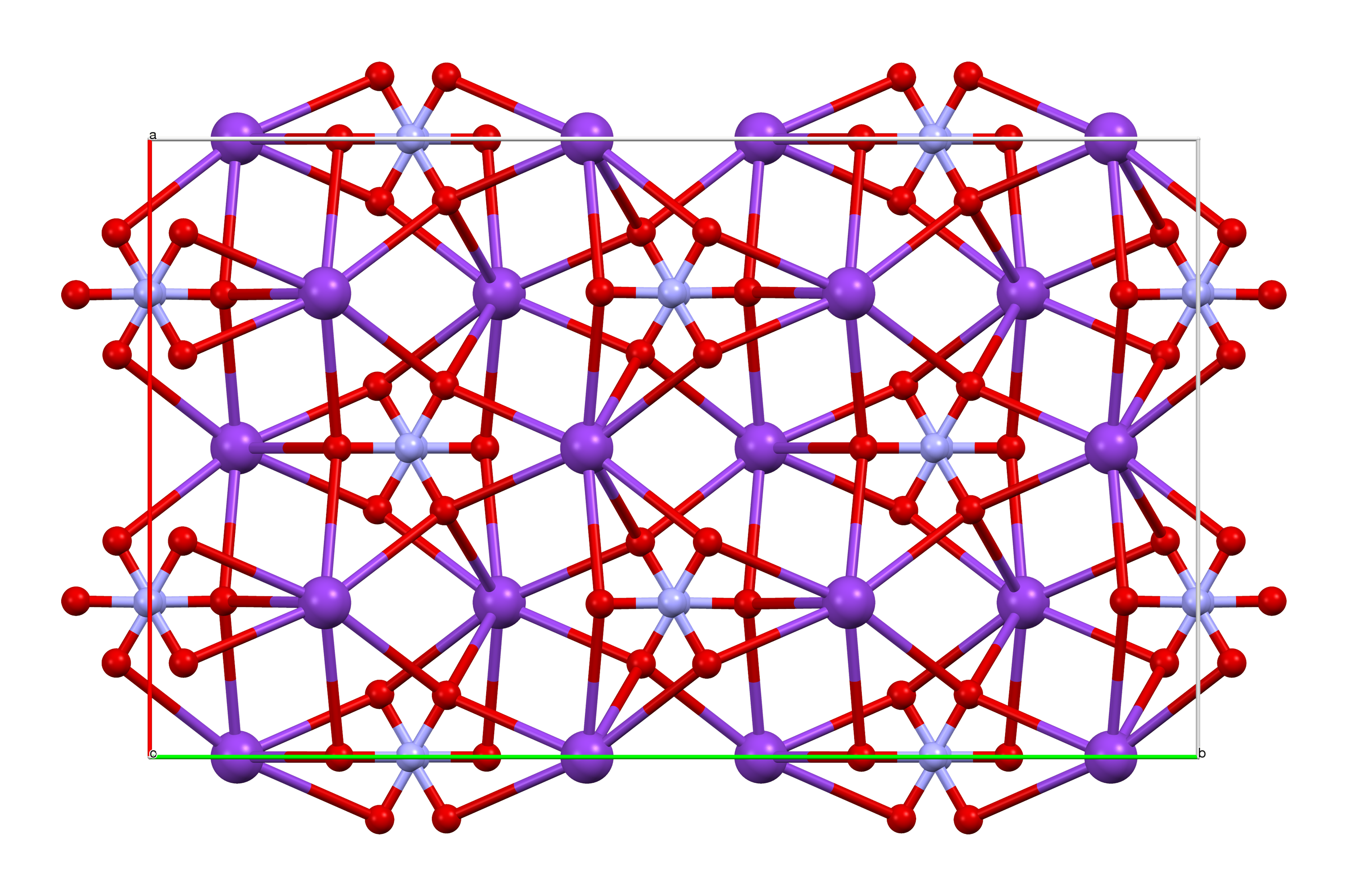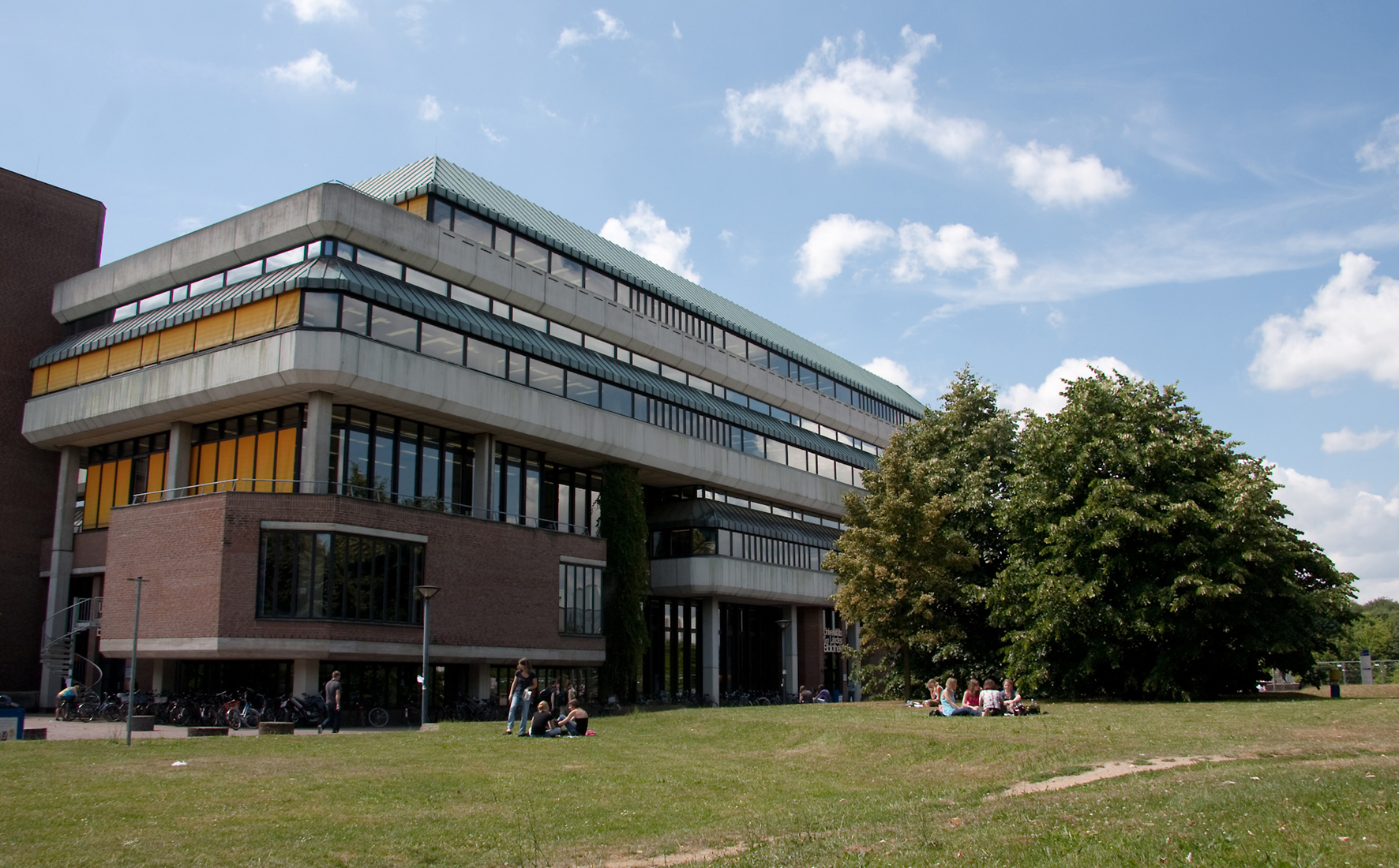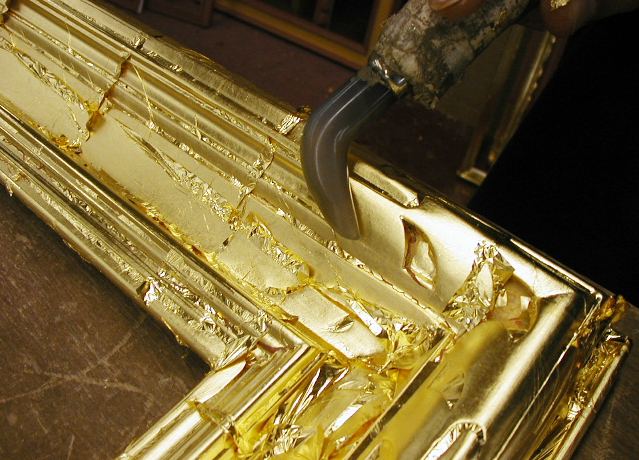|
Antoine Baumé
Antoine Baumé (26 February 172815 October 1804) was a French people, French chemist. Life He was born at Senlis, Oise, Senlis. He was apprenticed to the chemist Claude Joseph Geoffroy, and in 1752 was admitted a member of the École de Pharmacie, where in the same year he was appointed professor of chemistry. The money he made in a business he carried on in Paris for dealing in chemical products enabled him to retire in 1780 in order to devote himself to applied chemistry, but, ruined in the French Revolution, Revolution, he was obliged to return to a commercial career. He devised many improvements in technical processes, e.g. for bleaching silk, dyeing, gilding, purifying Potassium nitrate, saltpetre, etc., but he is best known as the inventor of the Baumé scale hydrometer or "spindle" which provides scientific measurements for the density of liquids. The scale remains associated with his name but is often improperly spelt "Beaumé". Of the numerous books and papers he wrote ... [...More Info...] [...Related Items...] OR: [Wikipedia] [Google] [Baidu] |
Senlis, Oise
Senlis () is a commune in the northern French department of Oise, Hauts-de-France. The monarchs of the early French dynasties lived in Senlis, attracted by the proximity of the Chantilly forest. It is known for its Gothic cathedral and other historical monuments. Its inhabitants are called "Senlisiens" and "Senlisiennes". Geography Senlis is situated on the river Nonette, between the forests of Chantilly and d' Ermenonville in the South and d'Halatte on the North. It is located 40 kilometers to the north of Paris, 44 km from Beauvais and 79 km from Amiens. The highest point of the town (140m) lies at the heart of the forest Halatte and the lowest point is located on the banks of the Nonette, west of the city. Geologically, the area is occupied by a vast limestone plateau of the Lutetian covered mostly in silt. History Senlis was known in early Roman imperial times as Augustomagus and later as Civitas Silvanectium ("City of the Silvanectes"). During the 3rd ... [...More Info...] [...Related Items...] OR: [Wikipedia] [Google] [Baidu] |
Potassium Nitrate
Potassium nitrate is a chemical compound with a sharp, salty, bitter taste and the chemical formula . It is a potassium salt of nitric acid. This salt consists of potassium cations and nitrate anions , and is therefore an alkali metal nitrate. It occurs in nature as a mineral, niter (or ''nitre'' outside the United States). It is a source of nitrogen, and nitrogen was named after niter. Potassium nitrate is one of several nitrogen-containing compounds collectively referred to as saltpetre (or saltpeter in the United States). Major uses of potassium nitrate are in fertilizers, tree stump removal, rocket propellants and fireworks. It is one of the major constituents of traditional gunpowder (black powder). In processed meats, potassium nitrate reacts with hemoglobin and myoglobin generating a red color. Etymology Nitre, or potassium nitrate, because of its early and global use and production, has many names. As for nitrate, Egyptian and Hebrew words for it had the ... [...More Info...] [...Related Items...] OR: [Wikipedia] [Google] [Baidu] |
18th-century French Chemists
The 18th century lasted from 1 January 1701 (represented by the Roman numerals MDCCI) to 31 December 1800 (MDCCC). During the 18th century, elements of Enlightenment thinking culminated in the Atlantic Revolutions. Revolutions began to challenge the legitimacy of monarchical and aristocratic power structures. The Industrial Revolution began mid-century, leading to radical changes in human society and the environment. The European colonization of the Americas and other parts of the world intensified and associated mass migrations of people grew in size as part of the Age of Sail. During the century, slave trading expanded across the shores of the Atlantic Ocean, while declining in Russia and China. Western historians have occasionally defined the 18th century otherwise for the purposes of their work. For example, the "short" 18th century may be defined as 1715–1789, denoting the period of time between the death of Louis XIV of France and the start of the French Revolut ... [...More Info...] [...Related Items...] OR: [Wikipedia] [Google] [Baidu] |
1804 Deaths
Events January–March * January 1 – Haiti gains independence from France, and becomes the first black republic. * February 4 – The Sokoto Caliphate is founded in West Africa. * February 14 – The First Serbian uprising begins the Serbian Revolution. By 1817, the Principality of Serbia will have proclaimed self-rule from the Ottoman Empire, the first nation-state in Europe to do so. * February 15 – New Jersey becomes the last of the northern United States to abolish slavery. * February 16 – First Barbary War: Stephen Decatur leads a raid to burn the pirate-held frigate at Tripoli to deny her further use by the captors. * February 18 – Ohio University is chartered by the Ohio General Assembly. * February 20 – Hobart is established in its permanent location in Van Diemen's Land (modern-day Tasmania) as a British penal colony. * February 21 – Cornishman Richard Trevithick's newly built ''Penydarren'' steam locomotive operates on the Merthyr Tramroad, betwe ... [...More Info...] [...Related Items...] OR: [Wikipedia] [Google] [Baidu] |
1728 Births
Events January–March * January 5 – The '' Real y Pontificia Universidad de San Gerónimo de la Habana'', the oldest university in Cuba, is founded in Havana. * January 9 – The coronation of Peter II as the Tsar of the Russian Empire takes place in Moscow. * January 29 – '' The Beggar's Opera'', the most popular theatrical production of the 18th century, is performed for the first time. The premiere takes place at the Lincoln's Inn Fields Theatre in London. Written by John Gay with music arranged by Johann Christoph Pepusch, the ballad opera is a satire of Italian opera. * February 28 – Battle of Palkhed: Maratha Peshwa Bajirao I defeats the first Nizam of Hyderabad, Nizam-ul-Mulk. * March 14 – Jean-Jacques Rousseau leaves Geneva for the first time. April–June * April 14 – Saint Serapion of Algiers, the first Mercedarian (of the Order of the Blessed Virgin Mary of Mercy) is canonized by Pope Benedict XIII. * ... [...More Info...] [...Related Items...] OR: [Wikipedia] [Google] [Baidu] |
University And State Library Düsseldorf
The University and State Library Düsseldorf (, abbreviated ULB Düsseldorf) is a central service institution of Heinrich Heine University. Along with Bonn and Münster, it is also one of the three State Libraries of North Rhine-Westphalia. Tradition and Modernity From 1965 to 1969, the University and Library Düsseldorf gradually developed out of the Medical Academy in Düsseldorf. There is no real founding year of the ULB, but the foundation stone for an integrated library system was laid when the former State and City Library of Düsseldorf was taken over by the university in 1970 and merged with the Central Library of the former Medical Academy. Structure and Holdings The ULB consists of one central library and four decentralized locations. Management and media processing are organized centrally. Catalogues, databases, e-books and e-journals are accessible throughout the whole university as well as at home via the library network. Collections Thomas Mann Collection ... [...More Info...] [...Related Items...] OR: [Wikipedia] [Google] [Baidu] |
Institut De France
The ; ) is a French learned society, grouping five , including the . It was established in 1795 at the direction of the National Convention. Located on the Quai de Conti in the 6th arrondissement of Paris, the institute manages approximately 1,000 foundations, as well as museums and châteaux open for visit. It also awards prizes and subsidies, which amounted to a total of over €27 million per year in 2017. Most of these prizes are awarded by the institute on the recommendation of the . History The building was originally constructed as the Collège des Quatre-Nations by Cardinal Mazarin, as a school for students from new provinces attached to France under Louis XIV. The inscription over the façade reads "JUL. MAZARIN S.R.E. CARD BASILICAM ET GYMNAS F.C.A M.D.C.LXI", attesting that Mazarin ordered its construction in 1661. The was established on 25 October 1795, by the National Convention. On 1 January 2018, Xavier Darcos took office as the 's chancellor. Elected ... [...More Info...] [...Related Items...] OR: [Wikipedia] [Google] [Baidu] |
Académie Des Sciences
The French Academy of Sciences (, ) is a learned society, founded in 1666 by Louis XIV at the suggestion of Jean-Baptiste Colbert, to encourage and protect the spirit of French Scientific method, scientific research. It was at the forefront of scientific developments in Europe in the 17th and 18th centuries, and is one of the earliest Academy of Sciences, Academies of Sciences. Currently headed by Patrick Flandrin (President of the academy), it is one of the five Academies of the . __TOC__ History The Academy of Sciences traces its origin to Colbert's plan to create a general academy. He chose a small group of scholars who met on 22 December 1666 in the King's library, near the present-day Bibliothèque nationale de France, Bibliothèque Nationale, and thereafter held twice-weekly working meetings there in the two rooms assigned to the group. The first 30 years of the academy's existence were relatively informal, since no statutes had as yet been laid down for the ins ... [...More Info...] [...Related Items...] OR: [Wikipedia] [Google] [Baidu] |
Hydrometer
A hydrometer or lactometer is an instrument used for measuring density or relative density of liquids based on the concept of buoyancy. They are typically Calibration, calibrated and Graduation (instrument), graduated with one or more scales such as specific gravity. A hydrometer usually consists of a sealed hollow glass tube with a wider bottom portion for buoyancy, a ballast such as lead or Mercury (element), mercury for stability, and a narrow stem with graduations for measuring. The liquid to test is poured into a tall container, often a graduated cylinder, and the hydrometer is gently lowered into the liquid until it floats freely. The point at which the surface of the liquid touches the stem of the hydrometer correlates to relative density. Hydrometers can contain any number of scales along the stem corresponding to properties correlating to the density. Hydrometers are calibrated for different uses, such as a lactometer for measuring the density (creaminess) of milk, a sa ... [...More Info...] [...Related Items...] OR: [Wikipedia] [Google] [Baidu] |
Gilding
Gilding is a decorative technique for applying a very thin coating of gold over solid surfaces such as metal (most common), wood, porcelain, or stone. A gilded object is also described as "gilt". Where metal is gilded, the metal below was traditionally silver in the West, to make silver-gilt (or ''vermeil'') objects, but gilt-bronze is commonly used in China, and also called ormolu if it is Western. Methods of gilding include hand application and gluing, typically of gold leaf, chemical gilding, and electroplating, the last also called gold plating. Parcel-gilt (partial gilt) objects are only gilded over part of their surfaces. This may mean that all of the inside, and none of the outside, of a chalice or similar vessel is gilded, or that patterns or images are made up by using a combination of gilt and ungilted areas. Gilding gives an object a gold appearance at a fraction of the cost of creating a solid gold object. In addition, a solid gold piece would often be too soft or to ... [...More Info...] [...Related Items...] OR: [Wikipedia] [Google] [Baidu] |
Baumé Scale
The Baumé scale is a pair of hydrometer scales developed by French pharmacist Antoine Baumé in 1768 to measure density of various liquids. The unit of the Baumé scale has been notated variously as ''degrees Baumé'', ''B°'', ''Bé°'' and simply Baumé (the accent is not always present). One scale measures the density of liquids heavier than water and the other, liquids lighter than water. The Baumé of distilled water is 0. The API gravity scale is based on errors in early implementations of the Baumé scale. Definitions Baumé degrees (heavy) originally represented the percent by mass of sodium chloride in water at . Baumé degrees (light) was calibrated with 0°Bé (light) being the density of 10% NaCl in water by mass and 10°Bé (light) set to the density of water. Consider, at near room temperature: * +100°Bé (specific gravity, 3.325) would be among the ''densest'' fluids known (except some liquid metals), such as diiodomethane. * Near 0°Bé would be approximately t ... [...More Info...] [...Related Items...] OR: [Wikipedia] [Google] [Baidu] |
Dyeing
Dyeing is the application of dyes or pigments on textile materials such as fibers, yarns, and fabrics with the goal of achieving color with desired color fastness. Dyeing is normally done in a special solution containing dyes and particular chemical material. Dye molecules are fixed to the fiber by absorption, diffusion, or bonding with temperature and time being key controlling factors. The bond between the dye molecule and fiber may be strong or weak, depending on the dye used. Dyeing and printing are different applications; in printing, color is applied to a localized area with desired patterns. In dyeing, it is applied to the entire textile. The primary source of dye, historically, has been nature, with the dyes being extracted from plants or animals. Since the mid-19th century, however, humans have produced artificial dyes to achieve a broader range of colors and to render the dyes more stable for washing and general use. Different classes of dyes are used for different ... [...More Info...] [...Related Items...] OR: [Wikipedia] [Google] [Baidu] |





